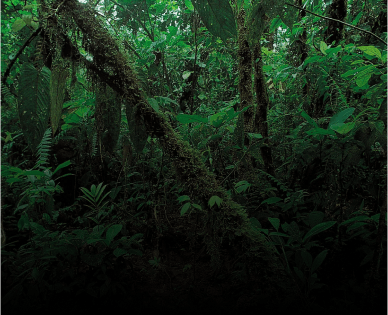Voluntary Carbon Market: An opportunity to invest in projects aimed at reducing emissions
Blue Earth | Oct, 2023
A biome is a large area characterized by its vegetation, soil, climate, and wildlife. There are five major types of biomes: aquatic, grassland, forest, desert, and tundra, though some of these biomes can be further divided into more specific categories, such as freshwater, marine, savanna, tropical rainforest, temperate rainforest, and taiga.

Grasslands are open regions that are dominated by grass and have a warm, dry climate. There are two types of grasslands: tropical grasslands (sometimes called savannas) and temperate grasslands. Savannas are found closer to the equator and can have a few scattered trees.
Aquatic biomes include both freshwater and marine biomes. Freshwater biomes are bodies of water surrounded by land—such as ponds, rivers, and lakes—that have a salt content of less than one percent. Marine biomes cover close to three-quarters of Earth’s surface. Marine biomes include the ocean, coral reefs, and estuaries.
Aquatic biomes include both freshwater and marine biomes. Freshwater biomes are bodies of water surrounded by land—such as ponds, rivers, and lakes—that have a salt content of less than one percent. Marine biomes cover close to three-quarters of Earth’s surface. Marine biomes include the ocean, coral reefs, and estuaries.

Aquatic biomes include both freshwater and marine biomes. Freshwater biomes are bodies of water surrounded by land—such as ponds, rivers, and lakes—that have a salt content of less than one percent. Marine biomes cover close to three-quarters of Earth’s surface. Marine biomes include the ocean, coral reefs, and estuaries.
We help companies address their climate impacts in detail and make it easy to manage them. Ultimately, we want to see a strong market for this type of product, where each party can find what they are looking for and where they can trust that they are. we want to see a strong market for this type of product.
Get Started